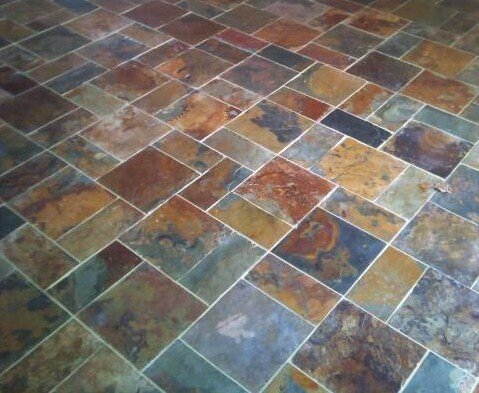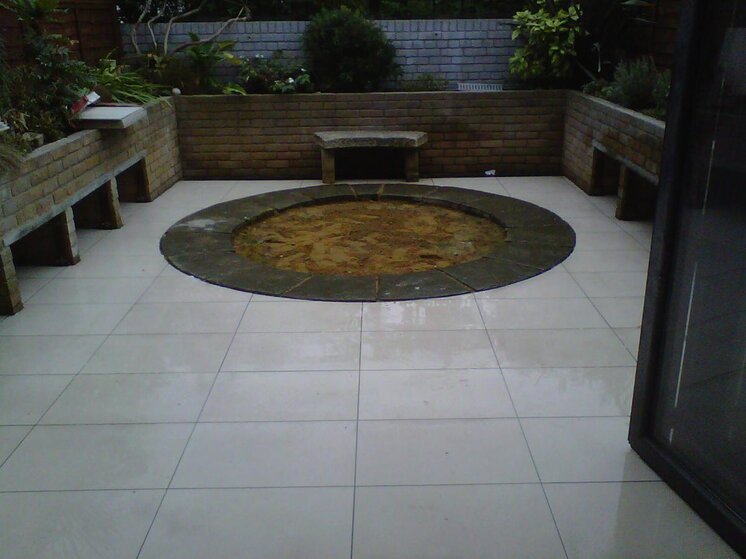A
AdamR
Hi all,
First time poster but been on the site for a while.
Currently on a job where i due to start tiling 100m2 on a floor which currently has a concrete base then plastic piped underfloor heating installed on it. As agreed with the customer and out of choice i have requested that the screeder cover only the pipes and then the Riven slate (12mm average thickness) be layed straight onto a bed of sharp sand and cement with plasticiser and water in.
Now the dilema ive got is the plumber is playing whispering games with the customer and saying that it will not stick and the slate will come up.
Obviously i will be a putting a slurry onto the back of the tiles too, to ensure that it does bond and stick.
Am i cracking up and going mad or is slate actually not suitable for this?
Ive done lots of floors using this method, never had any problems and work with my old man whos been in the tiling game for 30+ years.
Basically im just double checking myself and thought id ask.
All replies much appreciated.
Thanks.
Adam
First time poster but been on the site for a while.
Currently on a job where i due to start tiling 100m2 on a floor which currently has a concrete base then plastic piped underfloor heating installed on it. As agreed with the customer and out of choice i have requested that the screeder cover only the pipes and then the Riven slate (12mm average thickness) be layed straight onto a bed of sharp sand and cement with plasticiser and water in.
Now the dilema ive got is the plumber is playing whispering games with the customer and saying that it will not stick and the slate will come up.
Obviously i will be a putting a slurry onto the back of the tiles too, to ensure that it does bond and stick.
Am i cracking up and going mad or is slate actually not suitable for this?
Ive done lots of floors using this method, never had any problems and work with my old man whos been in the tiling game for 30+ years.
Basically im just double checking myself and thought id ask.
All replies much appreciated.
Thanks.
Adam




